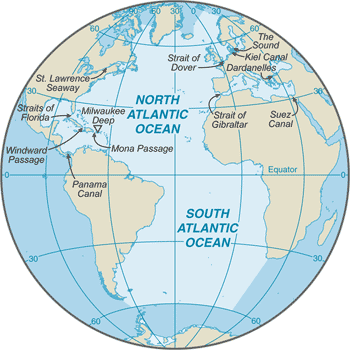Main Content
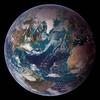
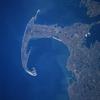















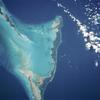
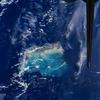
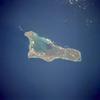


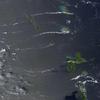




Agency Copyright Notice

Agency Copyright Notice
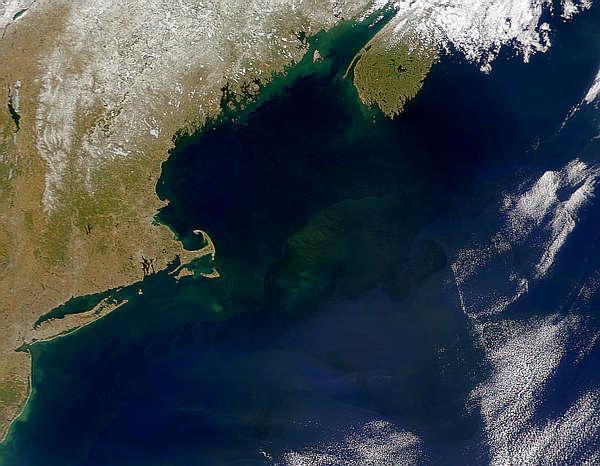
Agency Copyright Notice
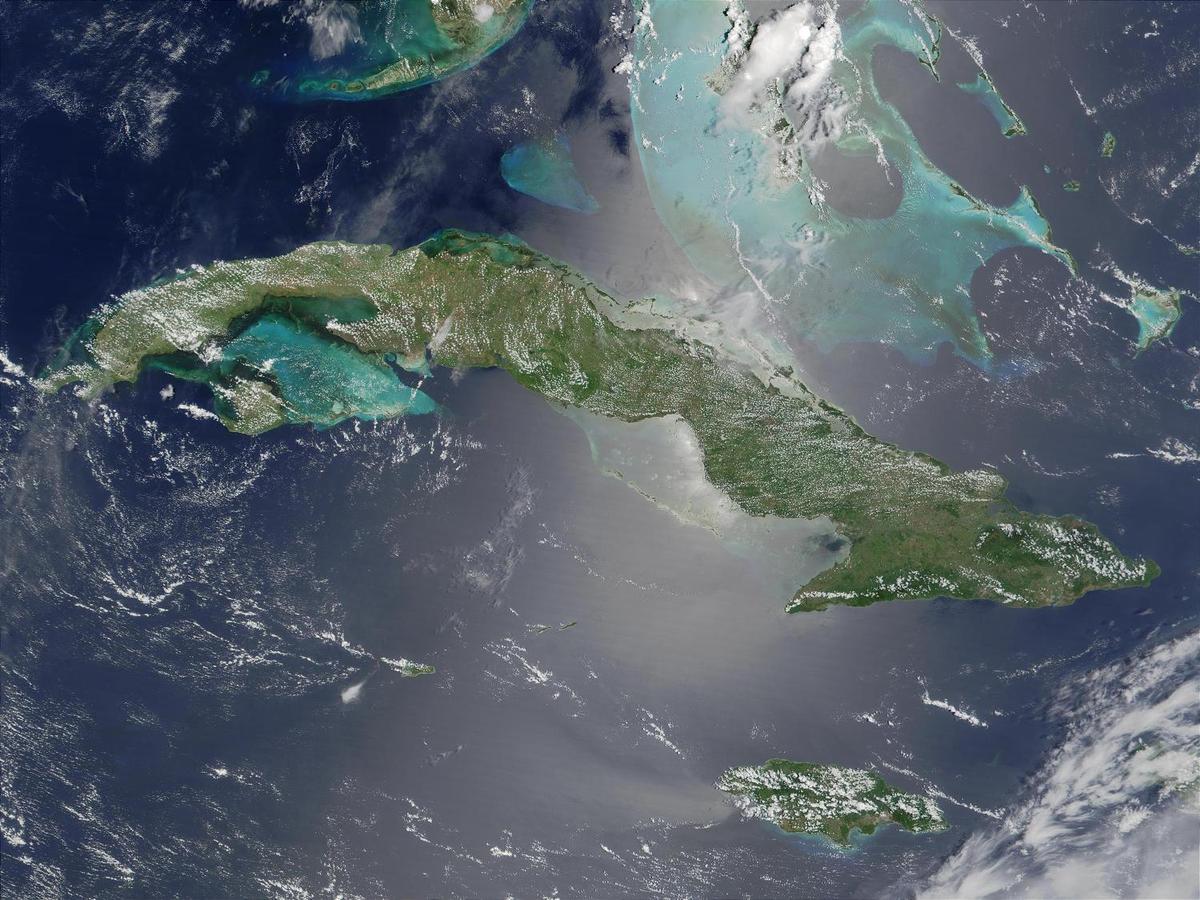
Agency Copyright Notice
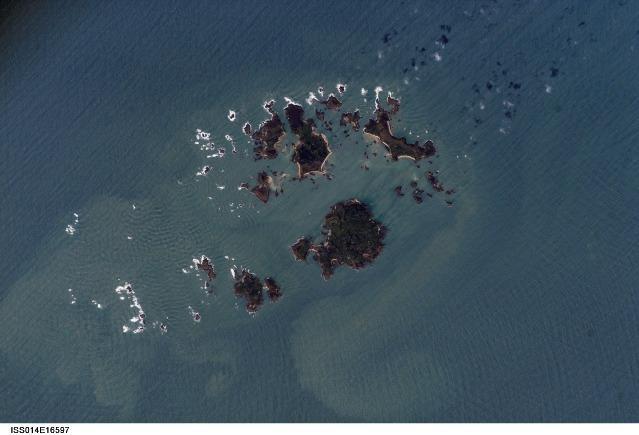
Agency Copyright Notice
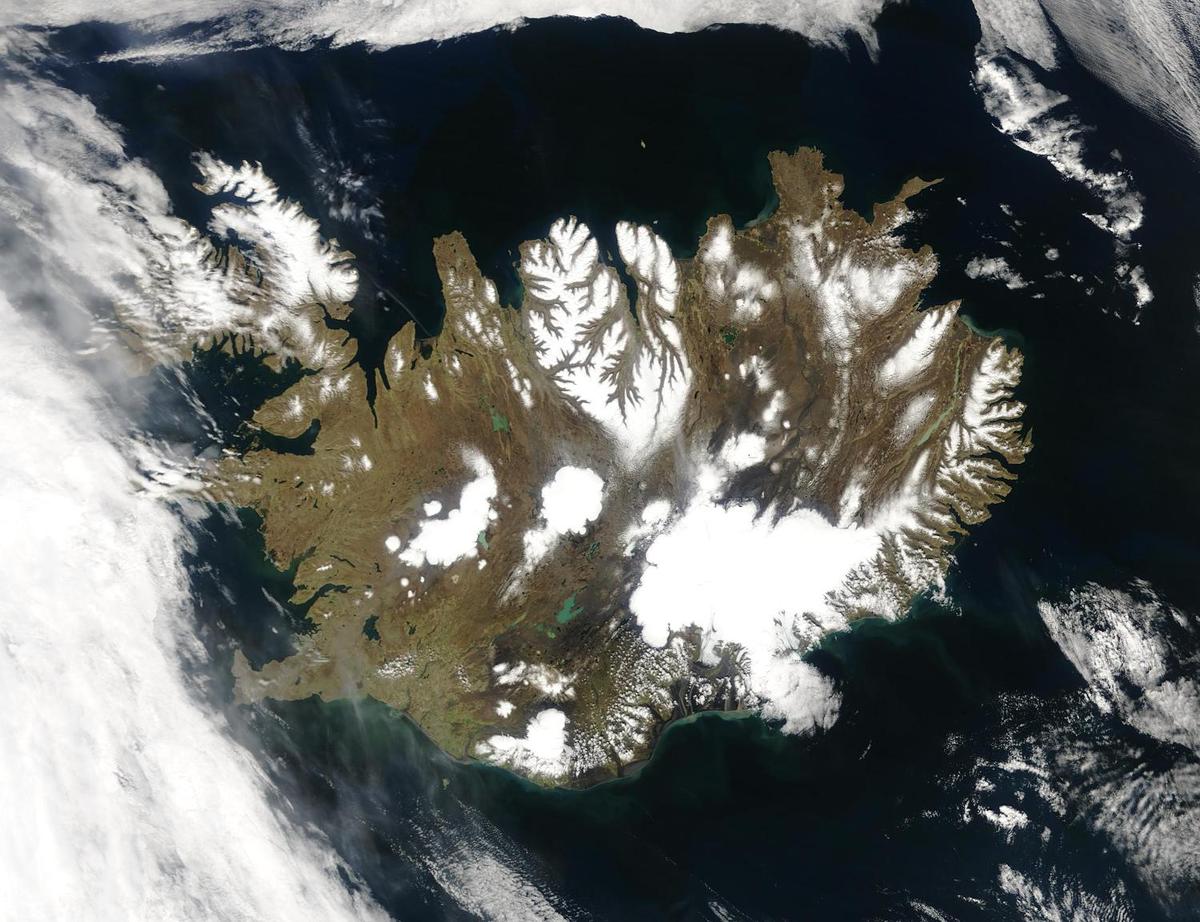
Agency Copyright Notice
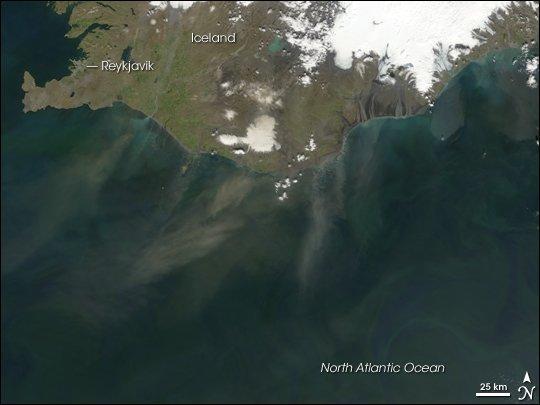
Agency Copyright Notice
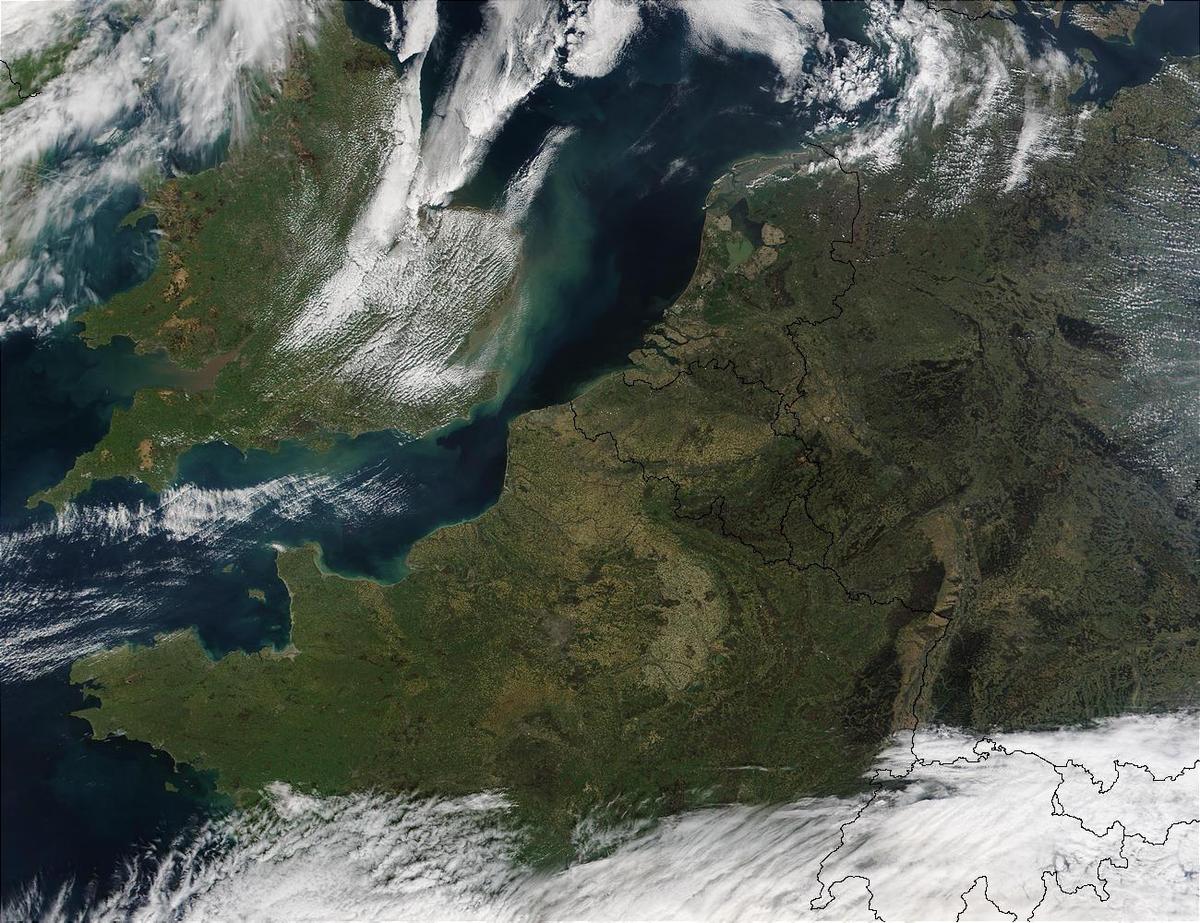
Agency Copyright Notice
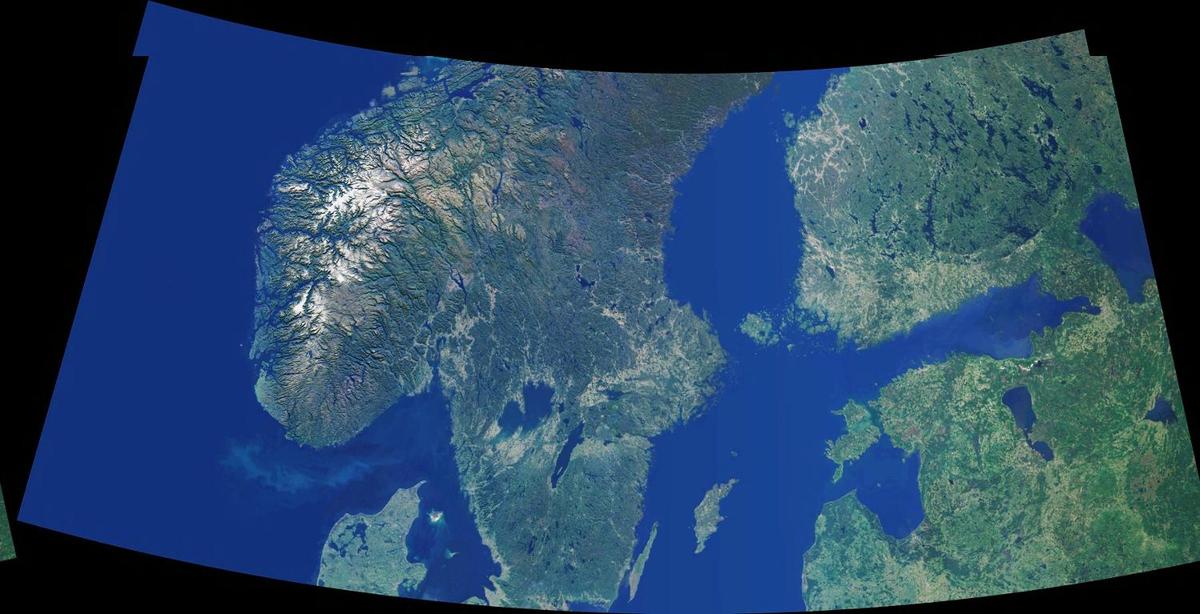
Agency Copyright Notice
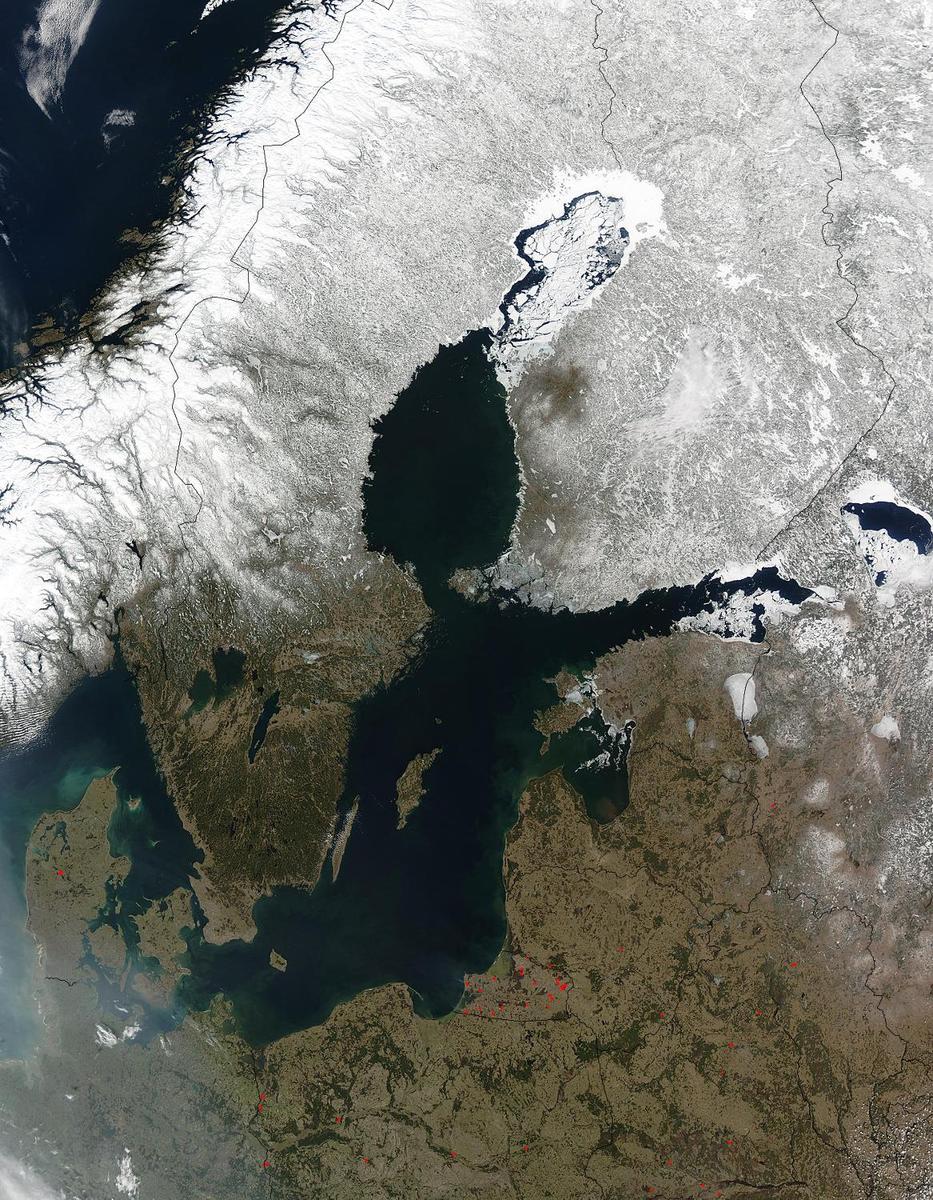
Agency Copyright Notice
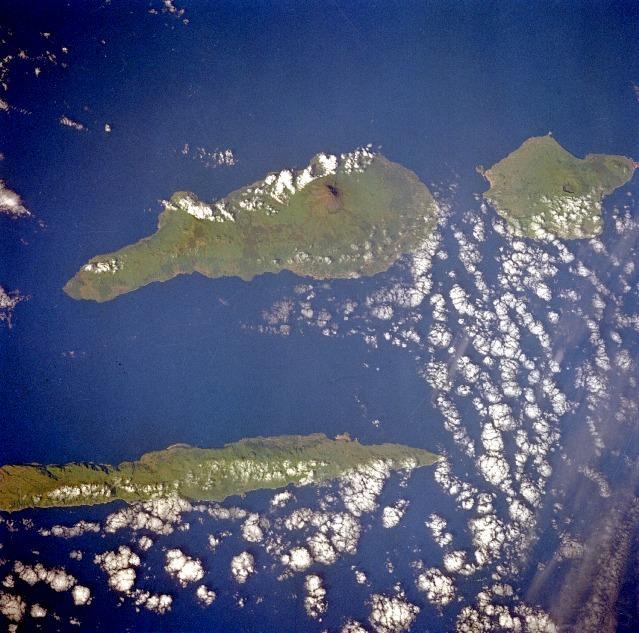
Agency Copyright Notice
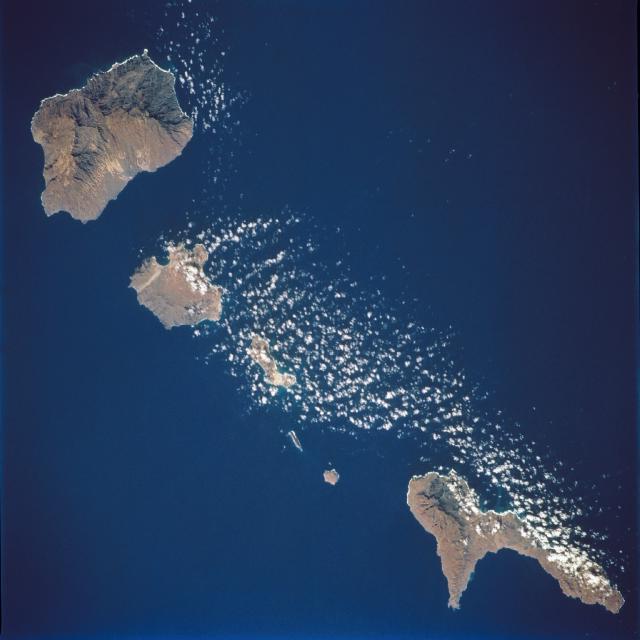
Agency Copyright Notice
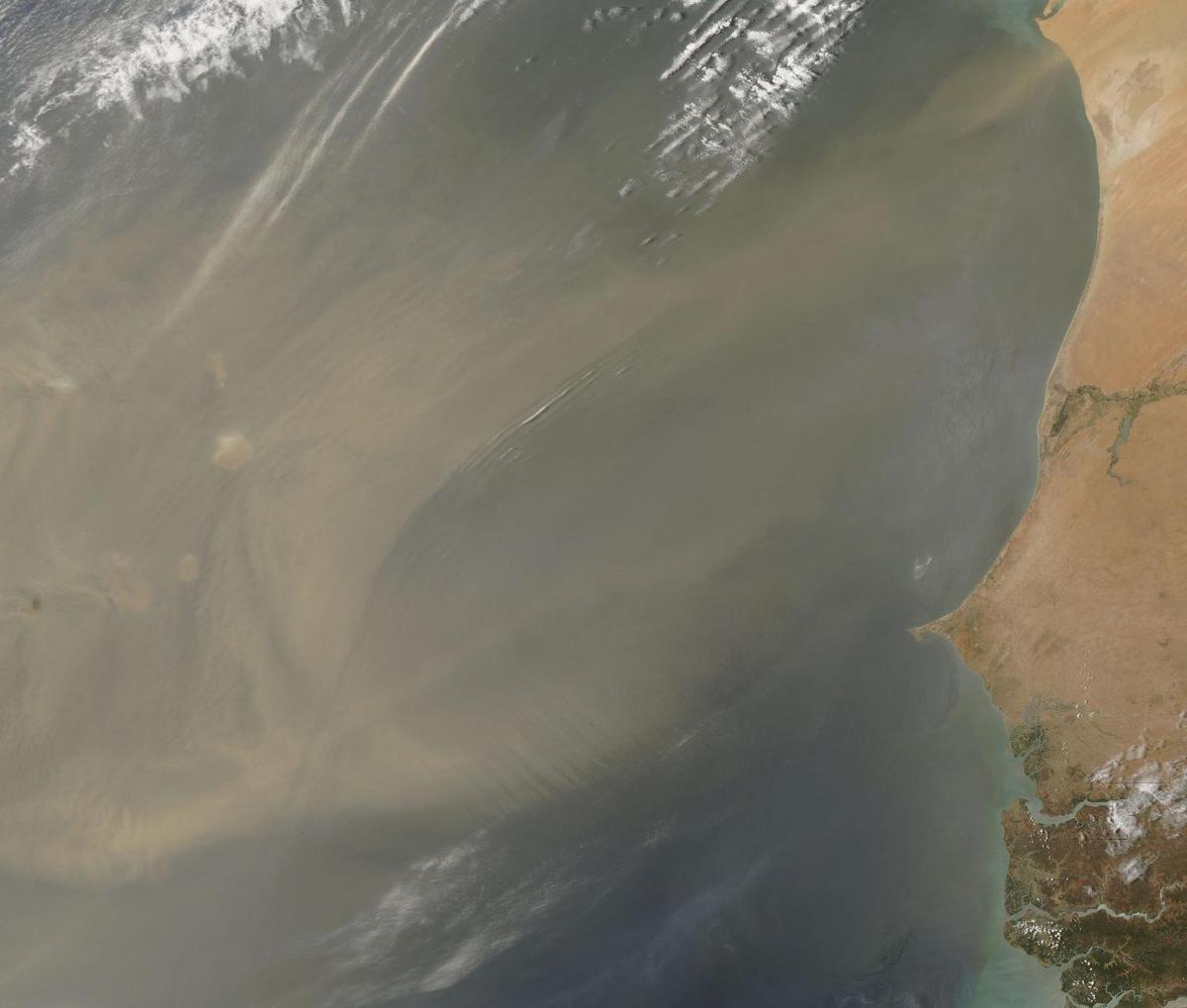
Agency Copyright Notice

Agency Copyright Notice
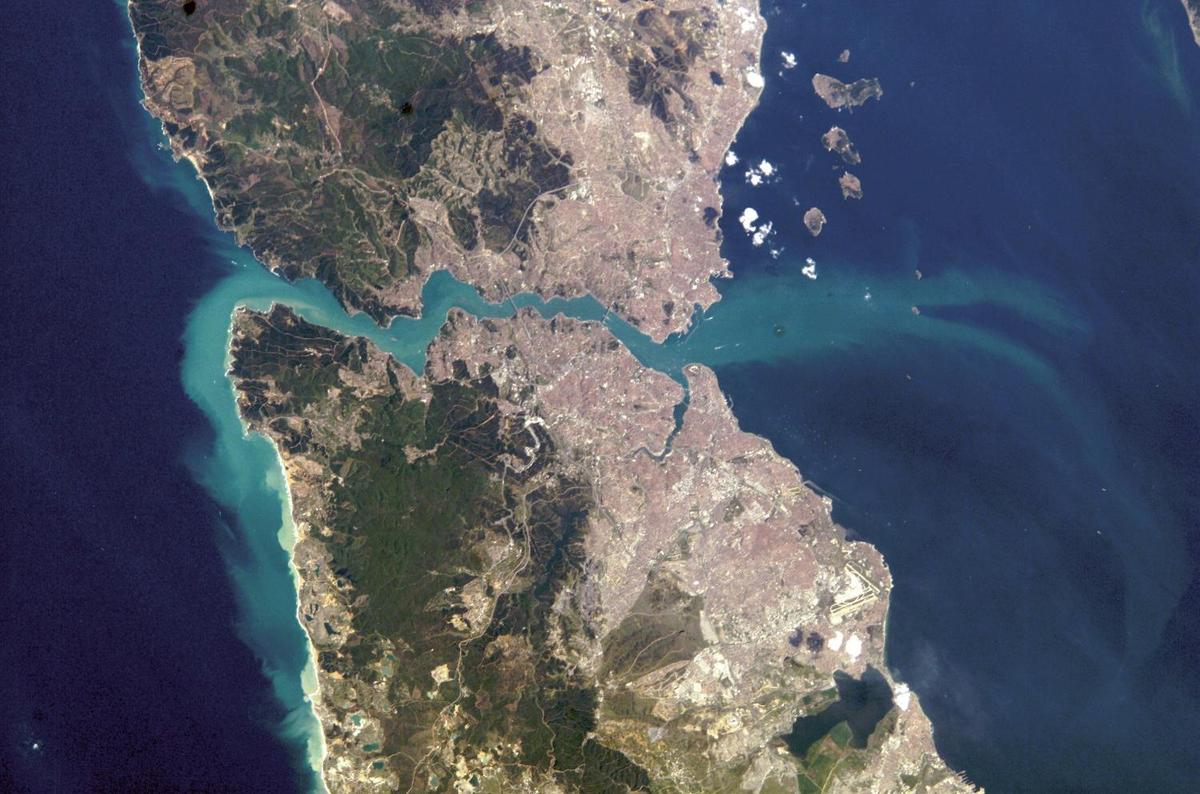
Agency Copyright Notice
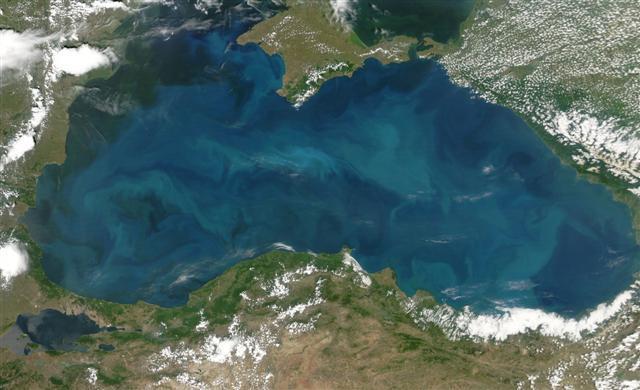
Agency Copyright Notice
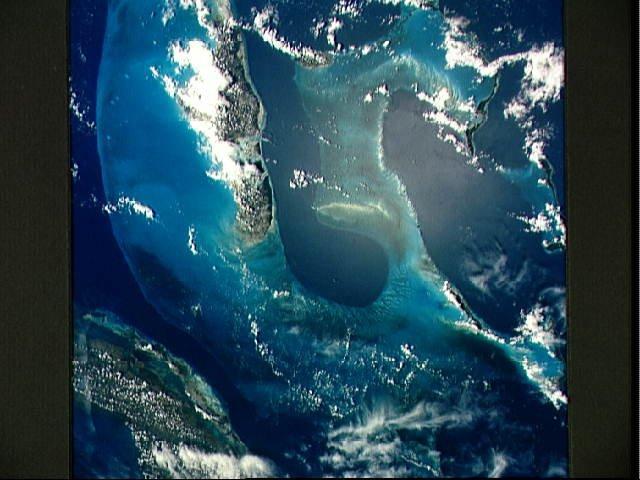
Agency Copyright Notice

Agency Copyright Notice

Agency Copyright Notice

Agency Copyright Notice
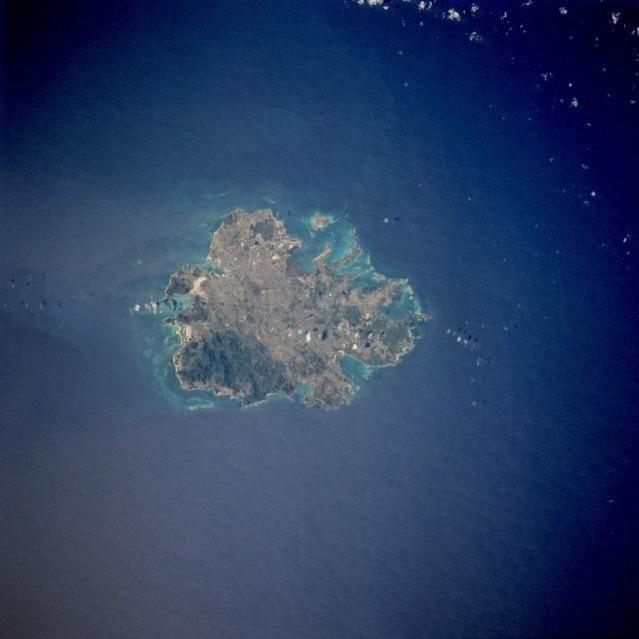
Agency Copyright Notice
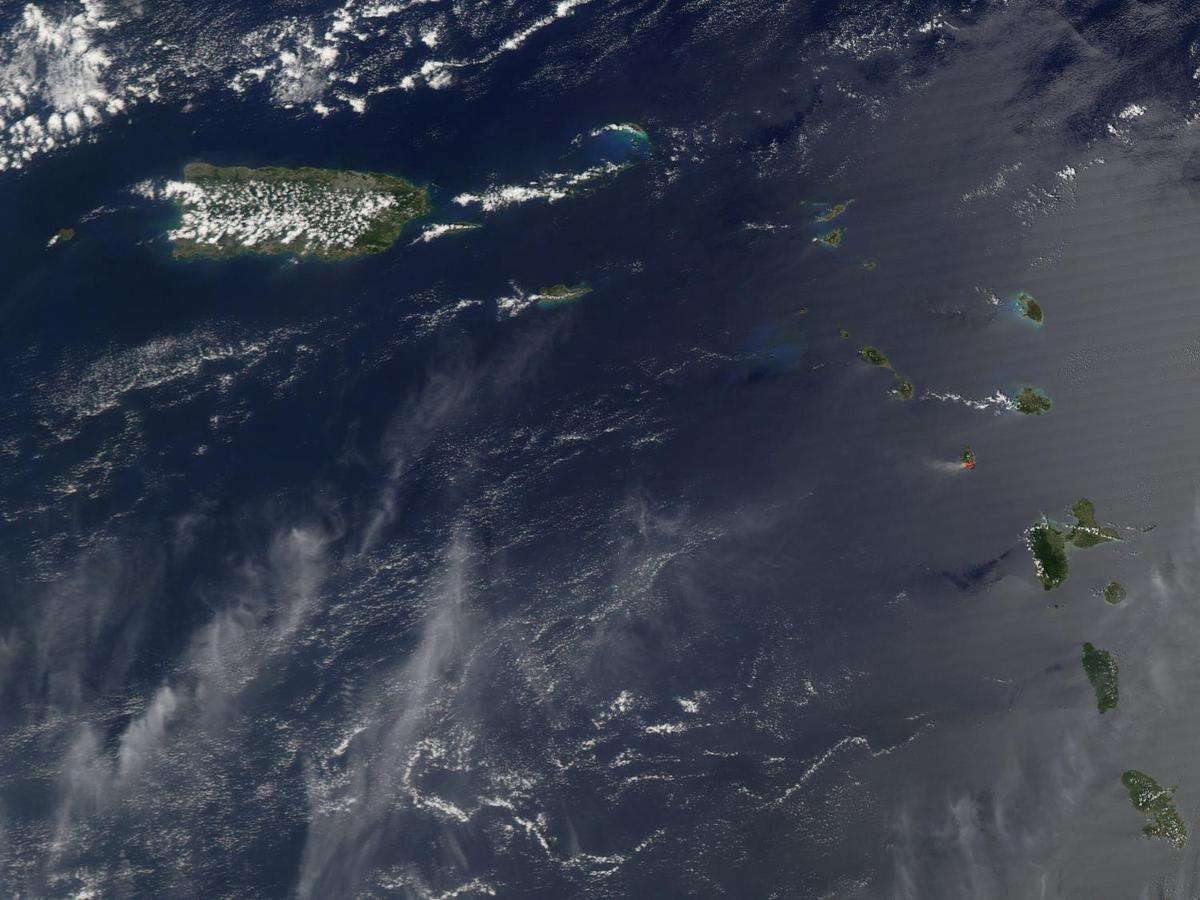
Agency Copyright Notice

Agency Copyright Notice
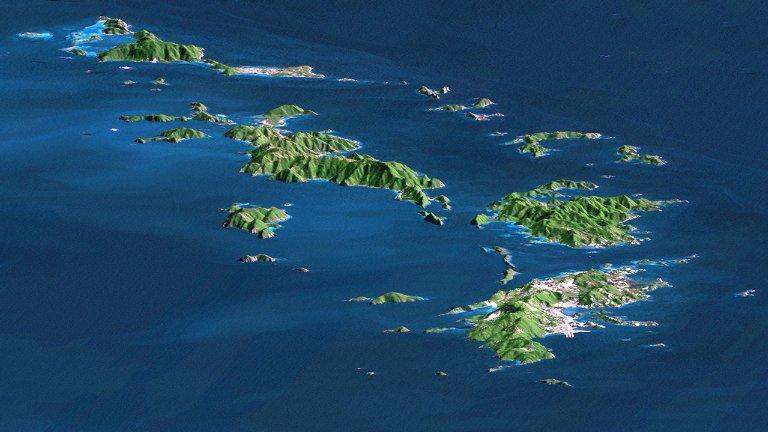
Agency Copyright Notice
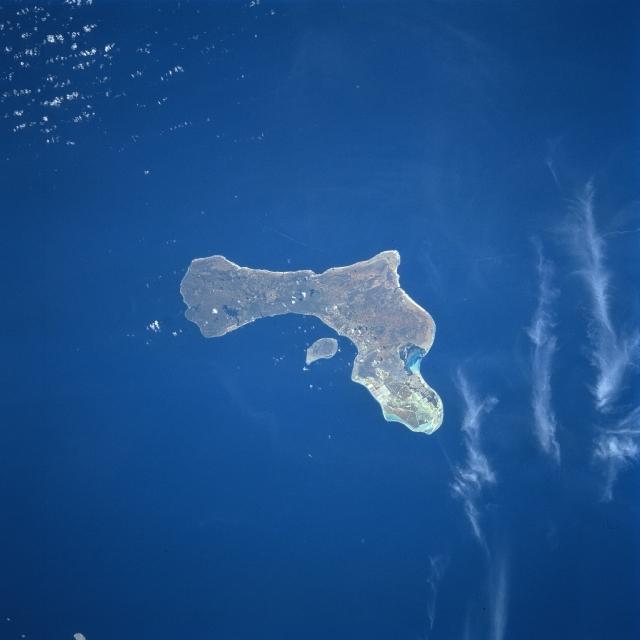
Agency Copyright Notice
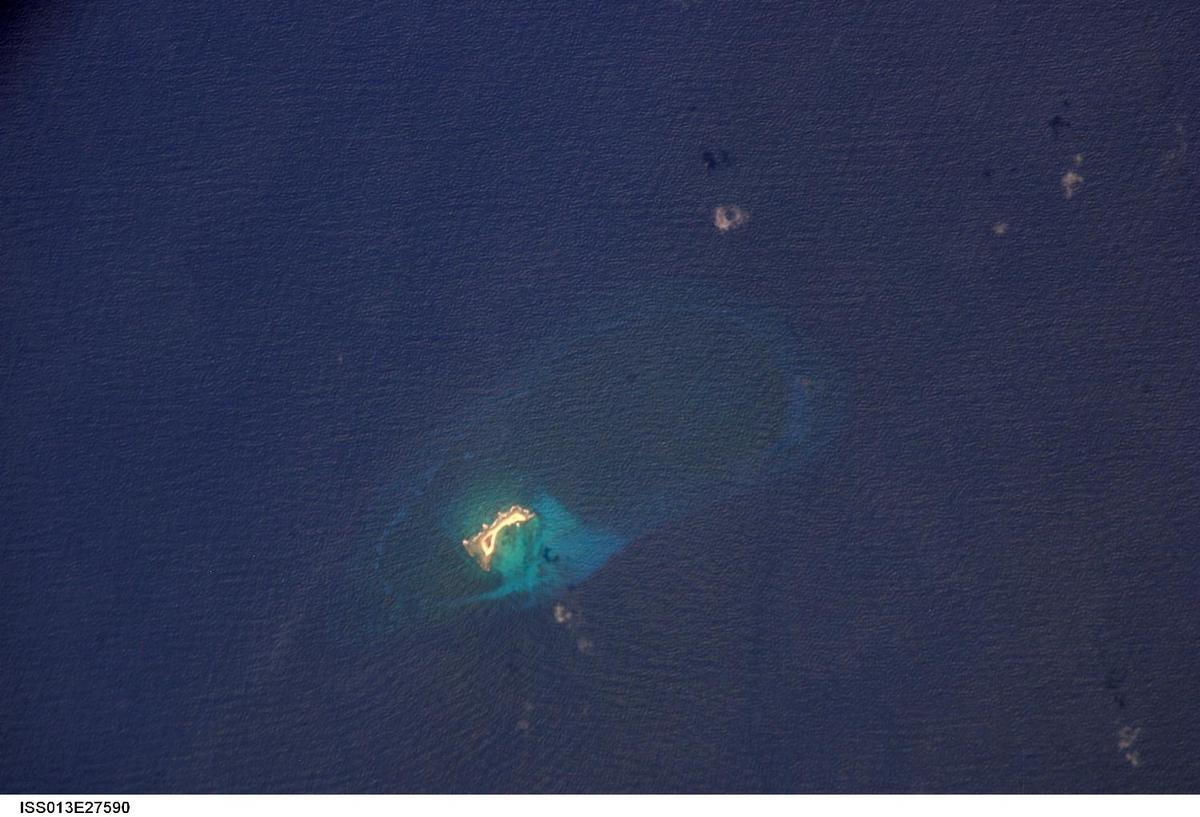
Agency Copyright Notice
- Jump to topic
-
Introduction :: Atlantic Ocean
-
Background: This entry usually highlights major historic events and current issues and may include a statement about one or two key future trends.
 The Atlantic Ocean is the second largest of the world's five oceans (after the Pacific Ocean, but larger than the Indian Ocean, Southern Ocean, and Arctic Ocean). The Kiel Canal (Germany), Oresund (Denmark-Sweden), Bosporus (Turkey), Strait of Gibraltar (Morocco-Spain), and the Saint Lawrence Seaway (Canada-US) are important strategic access waterways.The decision by the International Hydrographic Organization in the spring of 2000 to delimit a fifth world ocean, the Southern Ocean, removed the portion of the Atlantic Ocean south of 60 degrees south latitude.
The Atlantic Ocean is the second largest of the world's five oceans (after the Pacific Ocean, but larger than the Indian Ocean, Southern Ocean, and Arctic Ocean). The Kiel Canal (Germany), Oresund (Denmark-Sweden), Bosporus (Turkey), Strait of Gibraltar (Morocco-Spain), and the Saint Lawrence Seaway (Canada-US) are important strategic access waterways.The decision by the International Hydrographic Organization in the spring of 2000 to delimit a fifth world ocean, the Southern Ocean, removed the portion of the Atlantic Ocean south of 60 degrees south latitude. -
Geography :: Atlantic Ocean
-
Location: This entry identifies the country's regional location, neighboring countries, and adjacent bodies of water.
 body of water between Africa, Europe, the Arctic Ocean, the Americas, and the Southern OceanGeographic coordinates: This entry includes rounded latitude and longitude figures for the centroid or center point of a country expressed in degrees and minutes; it is based on the locations provided in the Geographic Names Server (GNS), maintained by the National Geospatial-Intelligence Agency on behalf of the US Board on Geographic Names.
body of water between Africa, Europe, the Arctic Ocean, the Americas, and the Southern OceanGeographic coordinates: This entry includes rounded latitude and longitude figures for the centroid or center point of a country expressed in degrees and minutes; it is based on the locations provided in the Geographic Names Server (GNS), maintained by the National Geospatial-Intelligence Agency on behalf of the US Board on Geographic Names. 0 00 N, 25 00 WMap references: This entry includes the name of the Factbook reference map on which a country may be found. Note that boundary representations on these maps are not necessarily authoritative. The entry on Geographic coordinates may be helpful in finding some smaller countries.
0 00 N, 25 00 WMap references: This entry includes the name of the Factbook reference map on which a country may be found. Note that boundary representations on these maps are not necessarily authoritative. The entry on Geographic coordinates may be helpful in finding some smaller countries. Political Map of the WorldArea: This entry includes three subfields. Total area is the sum of all land and water areas delimited by international boundaries and/or coastlines. Land area is the aggregate of all surfaces delimited by international boundaries and/or coastlines, excluding inland water bodies (lakes, reservoirs, rivers). Water area is the sum of the surfaces of all inland water bodies, such as lakes, reservoirs, or rivers, as delimited by international boundaries and/or coastlines.
Political Map of the WorldArea: This entry includes three subfields. Total area is the sum of all land and water areas delimited by international boundaries and/or coastlines. Land area is the aggregate of all surfaces delimited by international boundaries and/or coastlines, excluding inland water bodies (lakes, reservoirs, rivers). Water area is the sum of the surfaces of all inland water bodies, such as lakes, reservoirs, or rivers, as delimited by international boundaries and/or coastlines. total: 76.762 million sq km
total: 76.762 million sq kmnote: includes Baltic Sea, Black Sea, Caribbean Sea, Davis Strait, Denmark Strait, part of the Drake Passage, Gulf of Mexico, Labrador Sea, Mediterranean Sea, North Sea, Norwegian Sea, almost all of the Scotia Sea, and other tributary water bodies
Area - comparative: This entry provides an area comparison based on total area equivalents. Most entities are compared with the entire US or one of the 50 states based on area measurements (1990 revised) provided by the US Bureau of the Census. The smaller entities are compared with Washington, DC (178 sq km, 69 sq mi) or The Mall in Washington, DC (0.59 sq km, 0.23 sq mi, 146 acres). about 7.5 times the size of the USCoastline: This entry gives the total length of the boundary between the land area (including islands) and the sea.
about 7.5 times the size of the USCoastline: This entry gives the total length of the boundary between the land area (including islands) and the sea. 111,866 kmClimate: This entry includes a brief description of typical weather regimes throughout the year.
111,866 kmClimate: This entry includes a brief description of typical weather regimes throughout the year. tropical cyclones (hurricanes) develop off the coast of Africa near Cabo Verde and move westward into the Caribbean Sea; hurricanes can occur from May to December but are most frequent from August to NovemberTerrain: This entry contains a brief description of the topography.
tropical cyclones (hurricanes) develop off the coast of Africa near Cabo Verde and move westward into the Caribbean Sea; hurricanes can occur from May to December but are most frequent from August to NovemberTerrain: This entry contains a brief description of the topography.
surface usually covered with sea ice in Labrador Sea, Denmark Strait, and coastal portions of the Baltic Sea from October to June; surface dominated by two large gyres (broad, circular systems of currents), one in the northern Atlantic and another in the southern Atlantic; the ocean floor is dominated by the Mid-Atlantic Ridge, a rugged north-south centerline for the entire Atlantic basin
major surface currents: clockwise North Atlantic Gyre consists of the warm Gulf Stream in the west, the North Atlantic Current in the north, the cold Canary Current in the east, and the North Equatorial Current in the south; the counterclockwise South Atlantic Gyre composed of the warm Brazil Current in the west, the South Atlantic Current in the south, the cold Benguela Current in the east, and the South Equatorial Current in the north
Elevation: This entry includes both the mean elevation and the elevation extremes. elevation extremes: -8,605 m lowest point: Milwaukee Deep in the Puerto Rico Trenchmean depth: -3,646 m0 highest point: sea levelNatural resources: This entry lists a country's mineral, petroleum, hydropower, and other resources of commercial importance, such as rare earth elements (REEs). In general, products appear only if they make a significant contribution to the economy, or are likely to do so in the future.
elevation extremes: -8,605 m lowest point: Milwaukee Deep in the Puerto Rico Trenchmean depth: -3,646 m0 highest point: sea levelNatural resources: This entry lists a country's mineral, petroleum, hydropower, and other resources of commercial importance, such as rare earth elements (REEs). In general, products appear only if they make a significant contribution to the economy, or are likely to do so in the future. oil and gas fields, fish, marine mammals (seals and whales), sand and gravel aggregates, placer deposits, polymetallic nodules, precious stonesNatural hazards: This entry lists potential natural disasters. For countries where volcanic activity is common, a volcanism subfield highlights historically active volcanoes.
oil and gas fields, fish, marine mammals (seals and whales), sand and gravel aggregates, placer deposits, polymetallic nodules, precious stonesNatural hazards: This entry lists potential natural disasters. For countries where volcanic activity is common, a volcanism subfield highlights historically active volcanoes. icebergs common in Davis Strait, Denmark Strait, and the northwestern Atlantic Ocean from February to August and have been spotted as far south as Bermuda and the Madeira Islands; ships subject to superstructure icing in extreme northern Atlantic from October to May; persistent fog can be a maritime hazard from May to September; hurricanes (May to December)Environment - current issues: This entry lists the most pressing and important environmental problems. The following terms and abbreviations are used throughout the entry: Acidification - the lowering of soil and water pH due to acid precipitation and deposition usually through precipitation; this process disrupts ecosystem nutrient flows and may kill freshwater fish and plants dependent on more neutral or alkaline conditions (see acid rain). Acid rain - characterized as containing harmful levels of sulfur dioxi . . . more
icebergs common in Davis Strait, Denmark Strait, and the northwestern Atlantic Ocean from February to August and have been spotted as far south as Bermuda and the Madeira Islands; ships subject to superstructure icing in extreme northern Atlantic from October to May; persistent fog can be a maritime hazard from May to September; hurricanes (May to December)Environment - current issues: This entry lists the most pressing and important environmental problems. The following terms and abbreviations are used throughout the entry: Acidification - the lowering of soil and water pH due to acid precipitation and deposition usually through precipitation; this process disrupts ecosystem nutrient flows and may kill freshwater fish and plants dependent on more neutral or alkaline conditions (see acid rain). Acid rain - characterized as containing harmful levels of sulfur dioxi . . . more endangered marine species include the manatee, seals, sea lions, turtles, and whales; unsustainable exploitation of fisheries (over fishing, bottom trawling, drift net fishing, discards, catch of non-target species); pollution (maritime transport, discharges, offshore drilling, oil spills); municipal sludge pollution off eastern US, southern Brazil, and eastern Argentina; oil pollution in Caribbean Sea, Gulf of Mexico, Lake Maracaibo, Mediterranean Sea, and North Sea; industrial waste and municipal sewage pollution in Baltic Sea, North Sea, and Mediterranean SeaGeography - note: This entry includes miscellaneous geographic information of significance not included elsewhere.
endangered marine species include the manatee, seals, sea lions, turtles, and whales; unsustainable exploitation of fisheries (over fishing, bottom trawling, drift net fishing, discards, catch of non-target species); pollution (maritime transport, discharges, offshore drilling, oil spills); municipal sludge pollution off eastern US, southern Brazil, and eastern Argentina; oil pollution in Caribbean Sea, Gulf of Mexico, Lake Maracaibo, Mediterranean Sea, and North Sea; industrial waste and municipal sewage pollution in Baltic Sea, North Sea, and Mediterranean SeaGeography - note: This entry includes miscellaneous geographic information of significance not included elsewhere. major chokepoints include the Dardanelles, Strait of Gibraltar, access to the Panama and Suez Canals; strategic straits include the Strait of Dover, Straits of Florida, Mona Passage, The Sound (Oresund), and Windward Passage; the Equator divides the Atlantic Ocean into the North Atlantic Ocean and South Atlantic Ocean
major chokepoints include the Dardanelles, Strait of Gibraltar, access to the Panama and Suez Canals; strategic straits include the Strait of Dover, Straits of Florida, Mona Passage, The Sound (Oresund), and Windward Passage; the Equator divides the Atlantic Ocean into the North Atlantic Ocean and South Atlantic Ocean -
Government :: Atlantic Ocean
-
Country name: This entry includes all forms of the country's name approved by the US Board on Geographic Names (Italy is used as an example): conventional long form (Italian Republic), conventional short form (Italy), local long form (Repubblica Italiana), local short form (Italia), former (Kingdom of Italy), as well as the abbreviation. Also see the Terminology note.
 etymology: name derives from the Greek description of the waters beyond the Strait of Gibraltar, Atlantis thalassa, meaning "Sea of Atlas"
etymology: name derives from the Greek description of the waters beyond the Strait of Gibraltar, Atlantis thalassa, meaning "Sea of Atlas" -
Economy :: Atlantic Ocean
-
Economy - overview: This entry briefly describes the type of economy, including the degree of market orientation, the level of economic development, the most important natural resources, and the unique areas of specialization. It also characterizes major economic events and policy changes in the most recent 12 months and may include a statement about one or two key future macroeconomic trends.
 The Atlantic Ocean provides some of the world's most heavily trafficked sea routes, between and within the Eastern and Western Hemispheres. Other economic activity includes the exploitation of natural resources, e.g., fishing, dredging of aragonite sands (The Bahamas), and production of crude oil and natural gas (Caribbean Sea, Gulf of Mexico, and North Sea).
The Atlantic Ocean provides some of the world's most heavily trafficked sea routes, between and within the Eastern and Western Hemispheres. Other economic activity includes the exploitation of natural resources, e.g., fishing, dredging of aragonite sands (The Bahamas), and production of crude oil and natural gas (Caribbean Sea, Gulf of Mexico, and North Sea). -
Transportation :: Atlantic Ocean
-
Ports and terminals: This entry lists major ports and terminals primarily on the basis of the amount of cargo tonnage shipped through the facilities on an annual basis. In some instances, the number of containers handled or ship visits were also considered. Most ports service multiple classes of vessels including bulk carriers (dry and liquid), break bulk cargoes (goods loaded individually in bags, boxes, crates, or drums; sometimes palletized), containers, roll-on/roll-off, and passenger ships. The listing le . . . more
 major seaport(s): Alexandria (Egypt), Algiers (Algeria), Antwerp (Belgium), Barcelona (Spain), Buenos Aires (Argentina), Casablanca (Morocco), Colon (Panama), Copenhagen (Denmark), Dakar (Senegal), Gdansk (Poland), Hamburg (Germany), Helsinki (Finland), Las Palmas (Canary Islands, Spain), Le Havre (France), Lisbon (Portugal), London (UK), Marseille (France), Montevideo (Uruguay), Montreal (Canada), Naples (Italy), New Orleans (US), New York (US), Oran (Algeria), Oslo (Norway), Peiraiefs or Piraeus (Greece), Rio de Janeiro (Brazil), Rotterdam (Netherlands), Saint Petersburg (Russia), Stockholm (Sweden)Transportation - note: This entry includes miscellaneous transportation information of significance not included elsewhere.
major seaport(s): Alexandria (Egypt), Algiers (Algeria), Antwerp (Belgium), Barcelona (Spain), Buenos Aires (Argentina), Casablanca (Morocco), Colon (Panama), Copenhagen (Denmark), Dakar (Senegal), Gdansk (Poland), Hamburg (Germany), Helsinki (Finland), Las Palmas (Canary Islands, Spain), Le Havre (France), Lisbon (Portugal), London (UK), Marseille (France), Montevideo (Uruguay), Montreal (Canada), Naples (Italy), New Orleans (US), New York (US), Oran (Algeria), Oslo (Norway), Peiraiefs or Piraeus (Greece), Rio de Janeiro (Brazil), Rotterdam (Netherlands), Saint Petersburg (Russia), Stockholm (Sweden)Transportation - note: This entry includes miscellaneous transportation information of significance not included elsewhere. Kiel Canal and Saint Lawrence Seaway are two important waterways; significant domestic commercial and recreational use of Intracoastal Waterway on central and south Atlantic seaboard and Gulf of Mexico coast of US; the International Maritime Bureau reports the territorial waters of littoral states and offshore Atlantic waters as high risk for piracy and armed robbery against ships, particularly in the Gulf of Guinea off West Africa; in 2014, 41 commercial vessels were attacked in the Gulf of Guinea with 5 hijacked and 144 crew members taken hostage; hijacked vessels are often disguised and cargoes stolen; crews have been robbed and stores or cargoes stolen
Kiel Canal and Saint Lawrence Seaway are two important waterways; significant domestic commercial and recreational use of Intracoastal Waterway on central and south Atlantic seaboard and Gulf of Mexico coast of US; the International Maritime Bureau reports the territorial waters of littoral states and offshore Atlantic waters as high risk for piracy and armed robbery against ships, particularly in the Gulf of Guinea off West Africa; in 2014, 41 commercial vessels were attacked in the Gulf of Guinea with 5 hijacked and 144 crew members taken hostage; hijacked vessels are often disguised and cargoes stolen; crews have been robbed and stores or cargoes stolen -
Military and Security :: Atlantic Ocean
-
Maritime threats: This entry describes the threat of piracy, as defined in Article 101, UN Convention on the Law of the Sea (UNCLOS), or armed robbery against ships, as defined in Resolution A. 1025 (26) adopted on 2 December 2009 at the 26th Assembly Session of the International Maritime Organization. The entry includes the number of ships on the high seas or in territorial waters that were boarded or attacked by pirates, and the number of crewmen abducted or killed, as compiled by the International Mariti . . . more
 West African piracy is a continuing threat with 33 attacks in 2017 compared to 36 in 2016; Nigerian pirates are very aggresive, operating as far as 200 nm offshore and boarding 20 ships in 2017
West African piracy is a continuing threat with 33 attacks in 2017 compared to 36 in 2016; Nigerian pirates are very aggresive, operating as far as 200 nm offshore and boarding 20 ships in 2017 -
Transnational Issues :: Atlantic Ocean
-
Disputes - international: This entry includes a wide variety of situations that range from traditional bilateral boundary disputes to unilateral claims of one sort or another. Information regarding disputes over international terrestrial and maritime boundaries has been reviewed by the US Department of State. References to other situations involving borders or frontiers may also be included, such as resource disputes, geopolitical questions, or irredentist issues; however, inclusion does not necessarily constitute . . . more
 some maritime disputes (see littoral states)
some maritime disputes (see littoral states)



